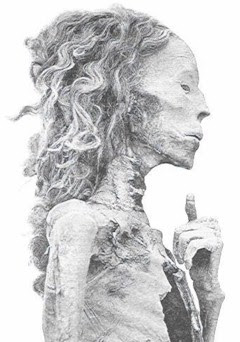
An all time classic amongst Sue's wonderful gifts. This could be taken as an ironic, post-modern statement on the nature and essence of Irishness. Or it could just be a way to extract as much money as possible from stupid American tourists who have no concept of taste.
I've no idea what all the happy Chinese workers, earning their $30 a month, who make these things must make of this. But then given all the other strange things that Chinese factories turn out (Teletubbies, Teenage Mutant Ninja Turtles, Spice Girls dolls) they must have a very odd view of the West anyway.
There are arguments about the dervivation of the word leprechaun, but the favourite seems to be that it comes from the Gaelic word luchorpán meaning small bodied. Oddly until the Twentieth Century leprechauns were always described as wearing red, not green.

Leprechauns have always given me the creeps from the time I saw the Disney film Darby O'Gill and the Little People (1959) when it was shown on televison when I was little.
"To be sure it's obvious I'm going to be a huge star!" Not.
This film was notable for an early starring role for Sean Connery (3rd billing) and it was his appearance in this that brought him to the attention of Bond producer Cubby Broccoli. On it's first showing in Dublin several eminent Irish people picketed the cinema as they claimed the film gave out ridiculous sterotypes of Ireland and the Irish.
So I am glad to see that the Irish tourist industry has taken absolutely no notice of this well-meant stance whatsoever.
 "A leprechaun? Me? Begorrah!"
"A leprechaun? Me? Begorrah!"As a footnote the use by the Irish of the phrase "top of the morning" is certainly not current and, indeed, may never have been. George Bernard Shaw wrote, "Is it possible that you don’t know that all this top-of-the-morning and broth-of-a-boy and more-power-to-your-elbow business is as peculiar to England as the Albert Hall concerts of Irish music? No Irishman ever talks like that in Ireland, or ever did, or ever will."































